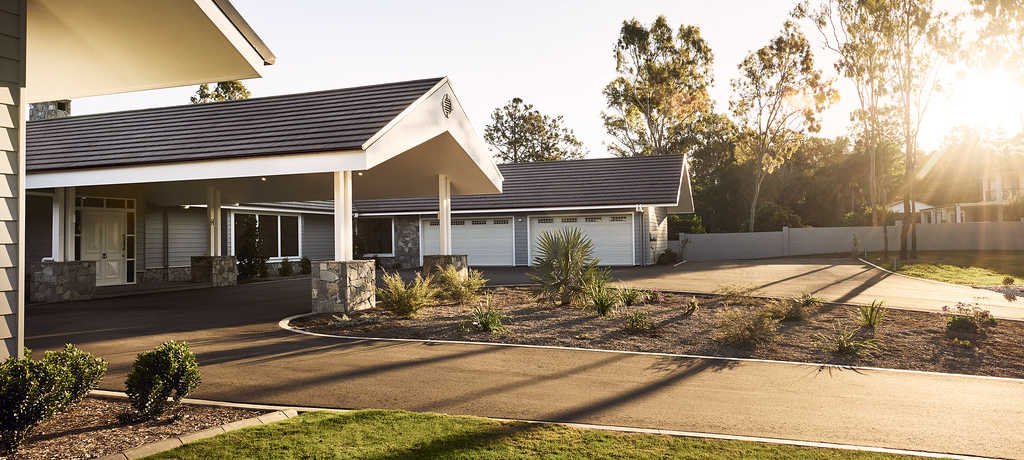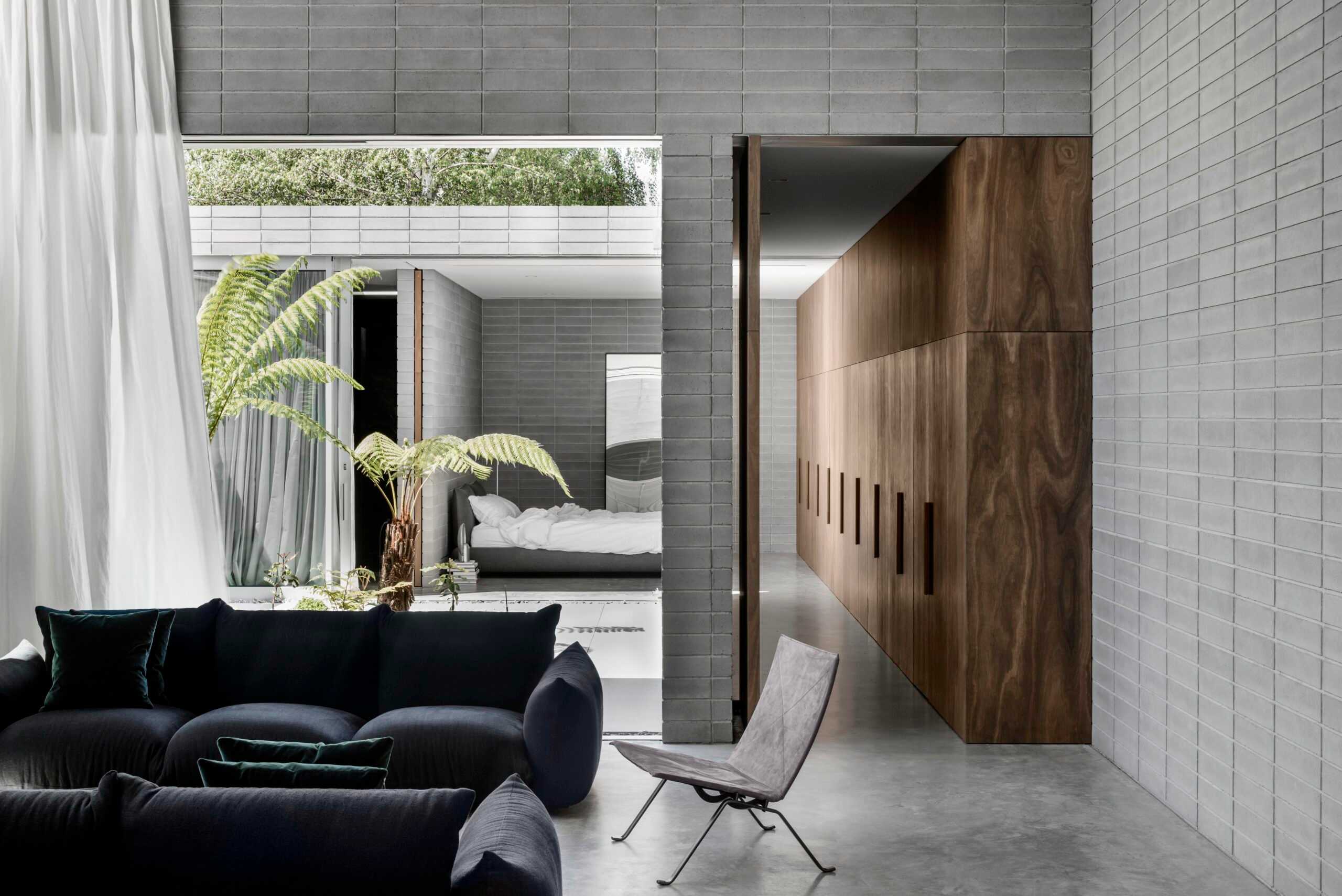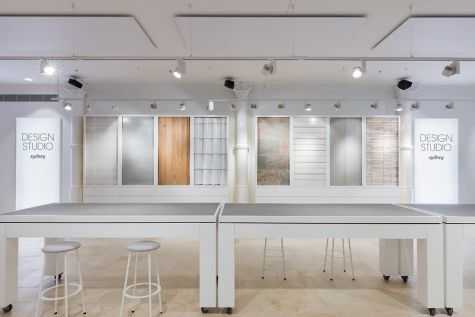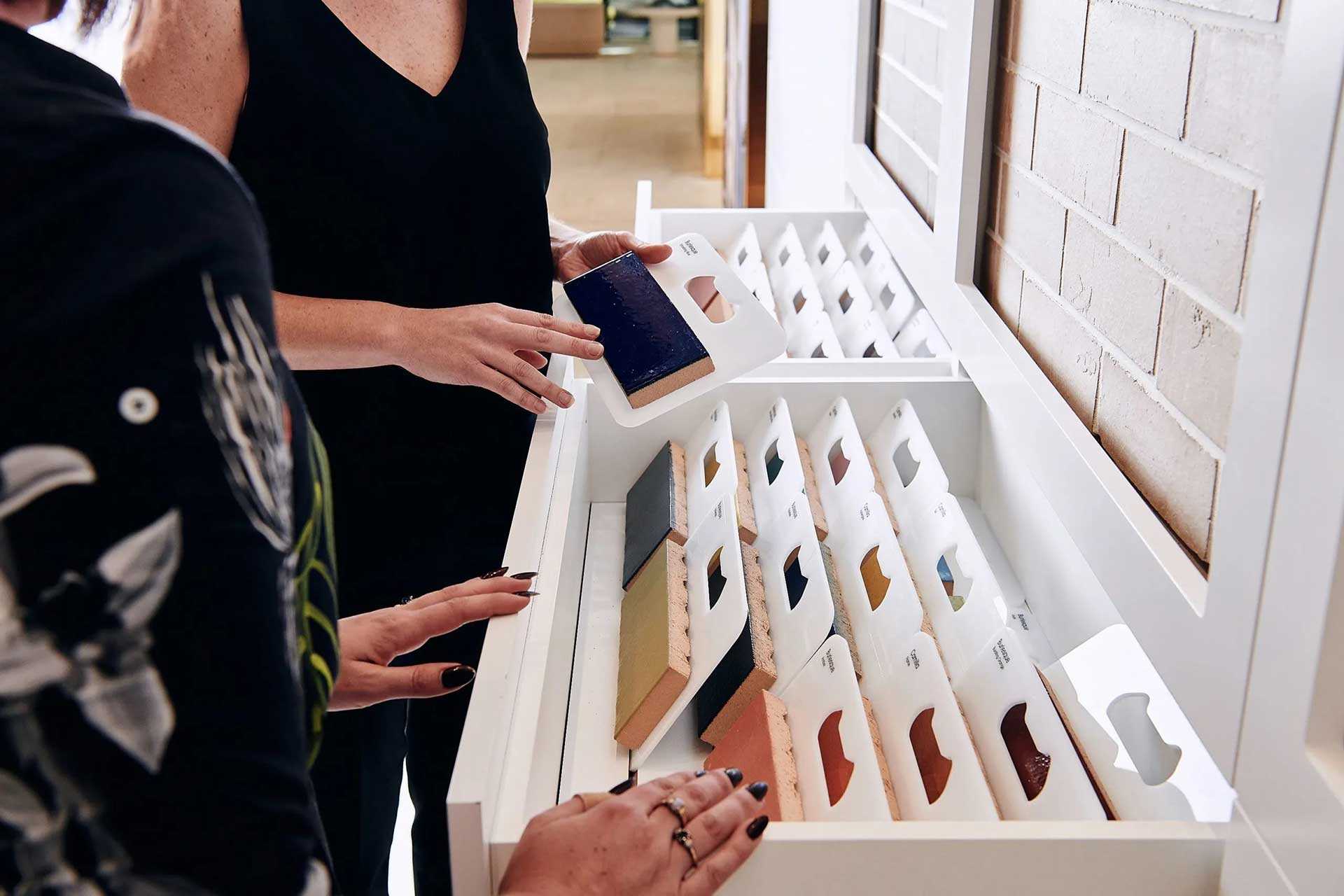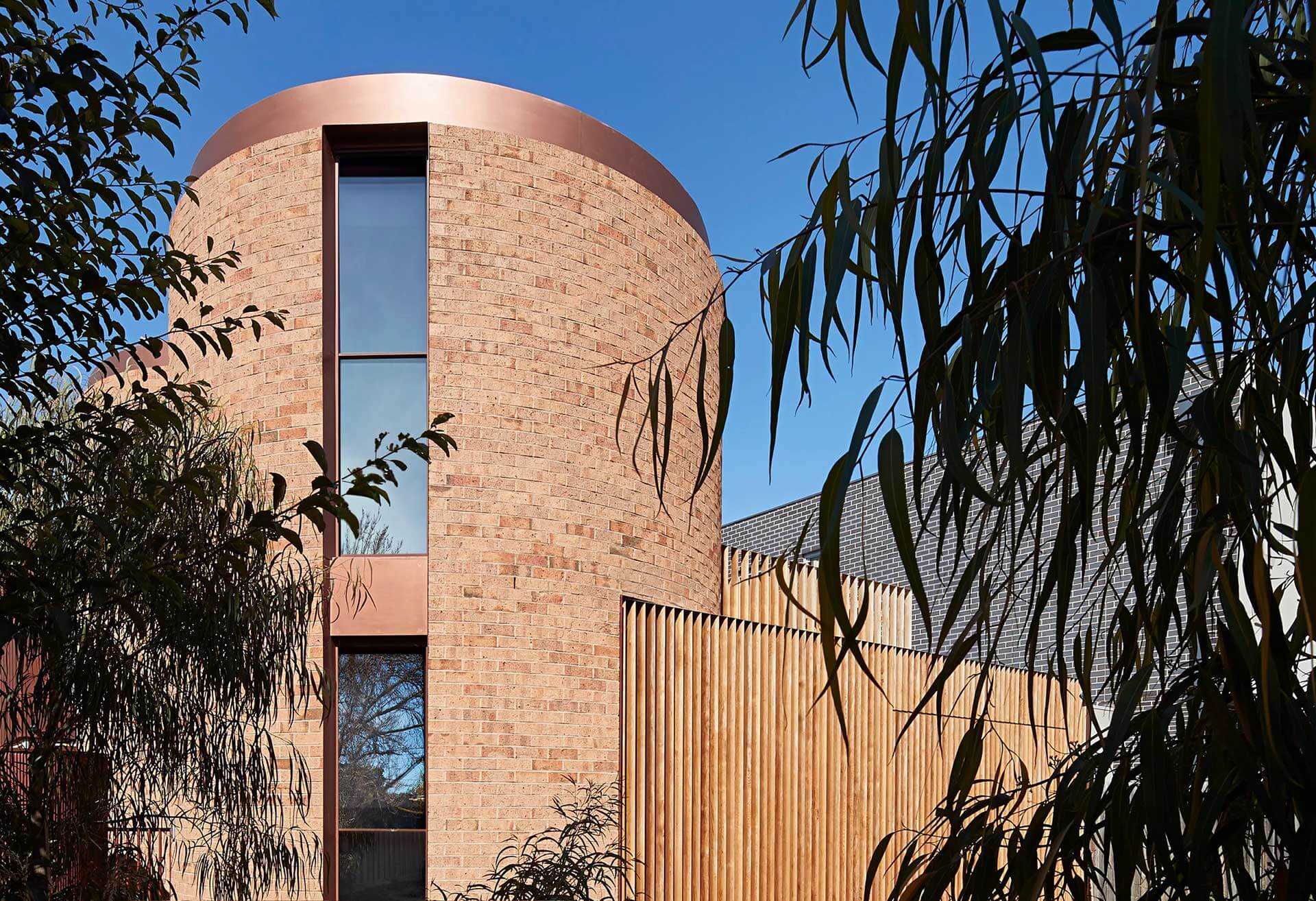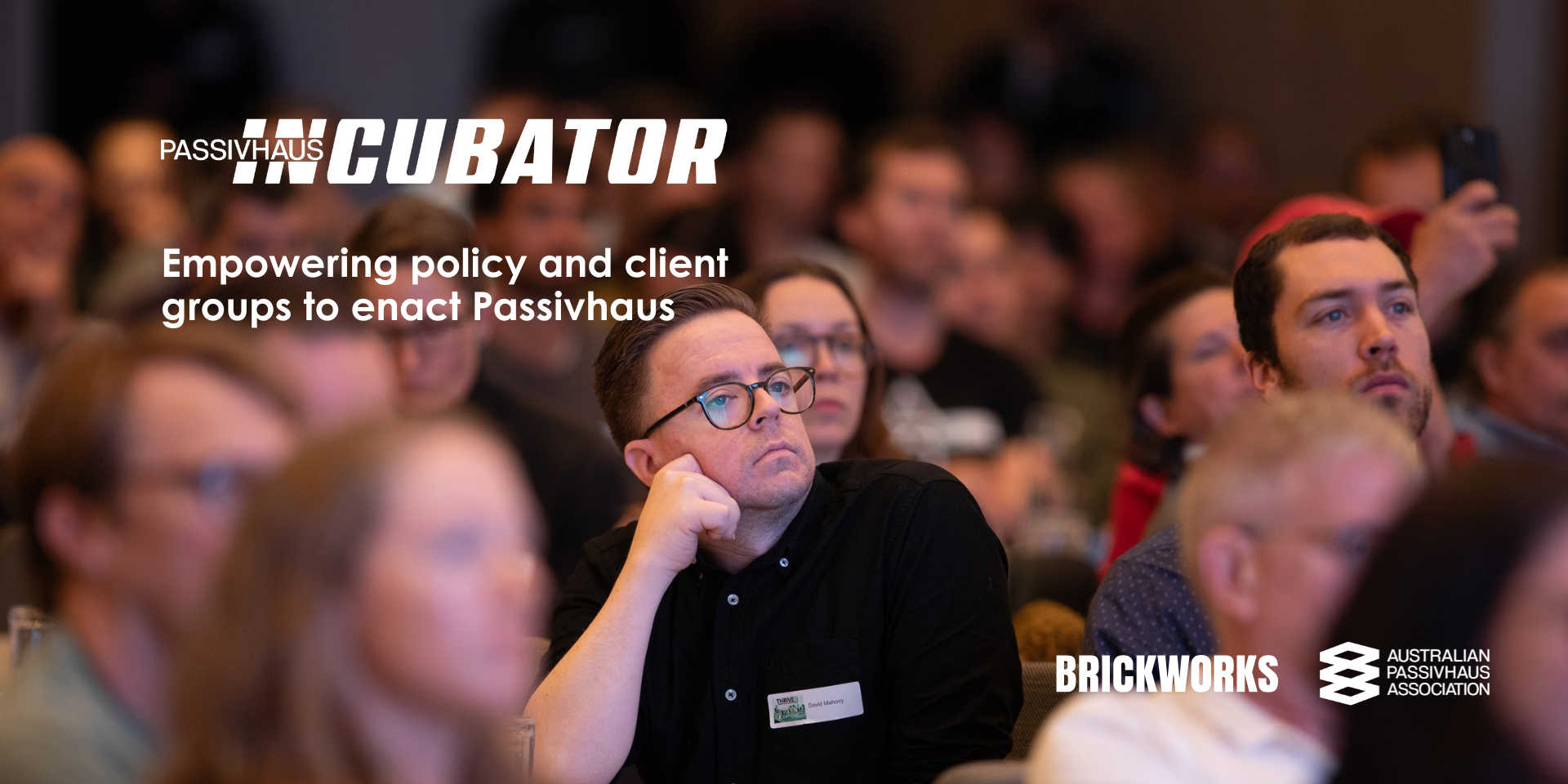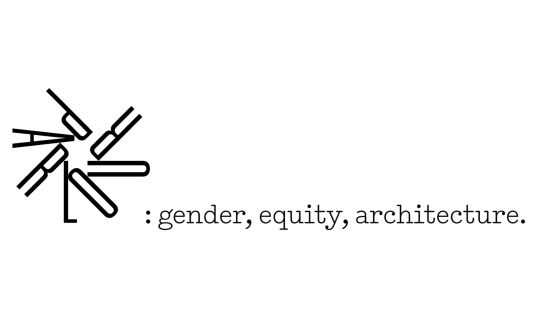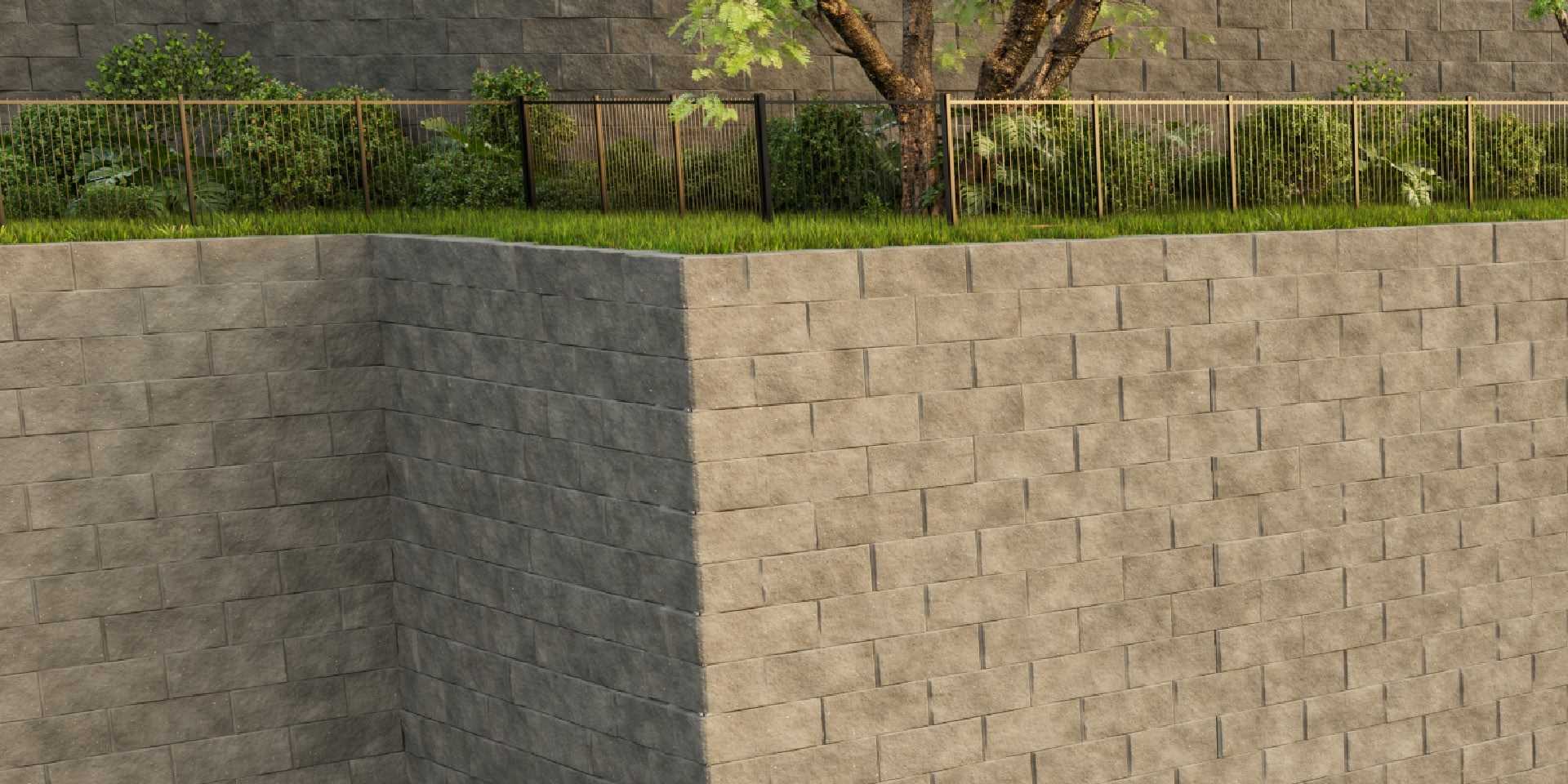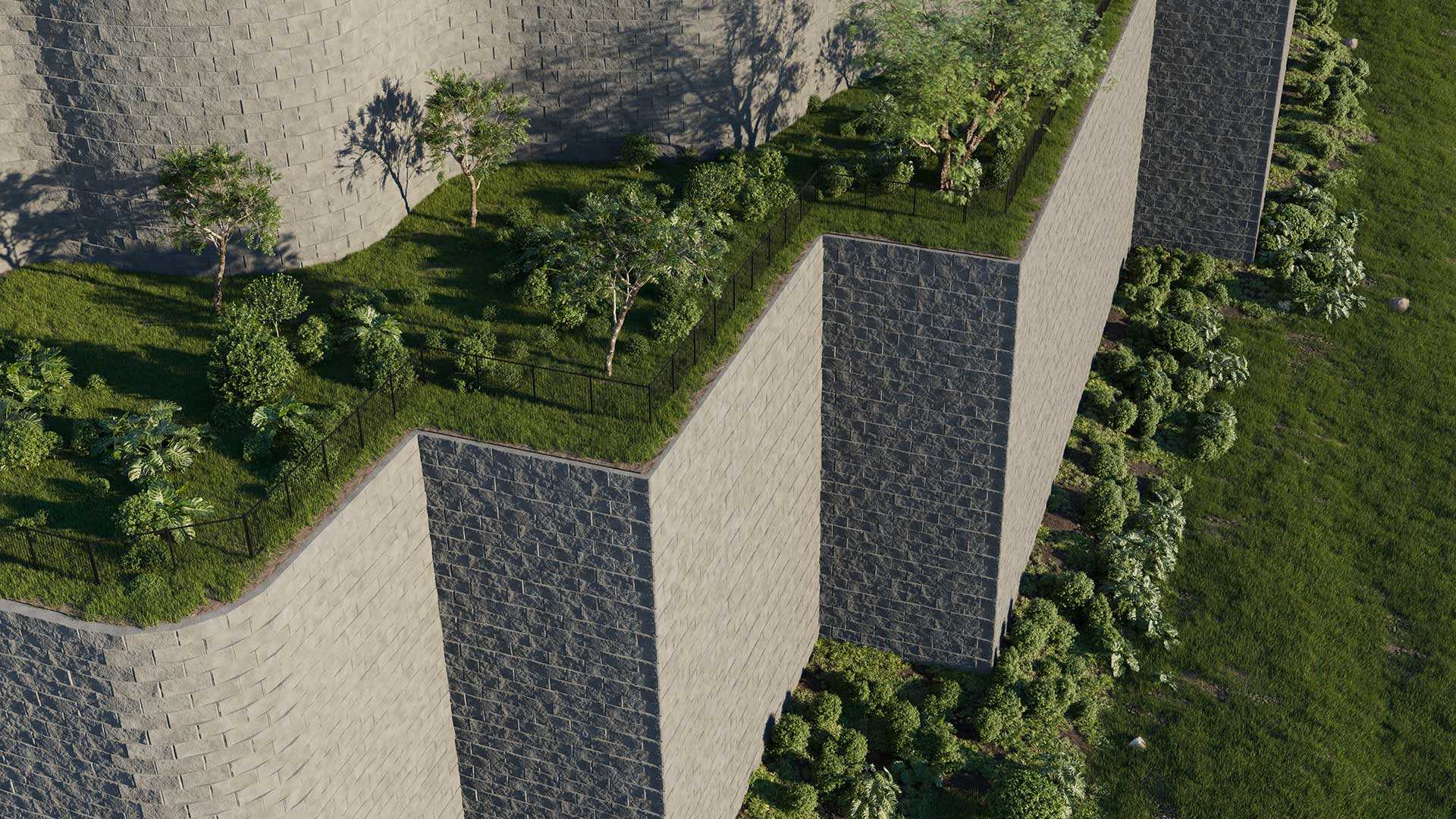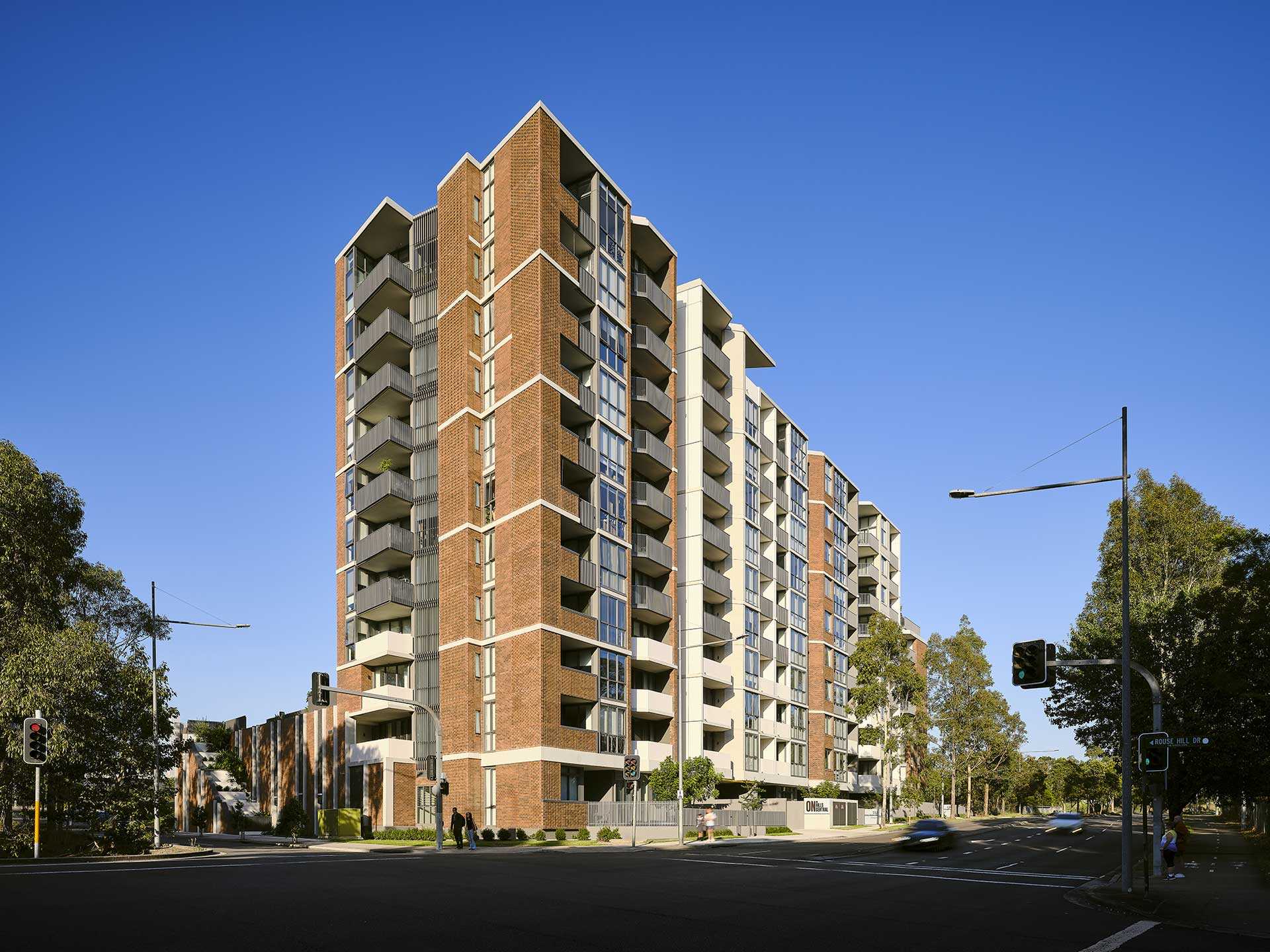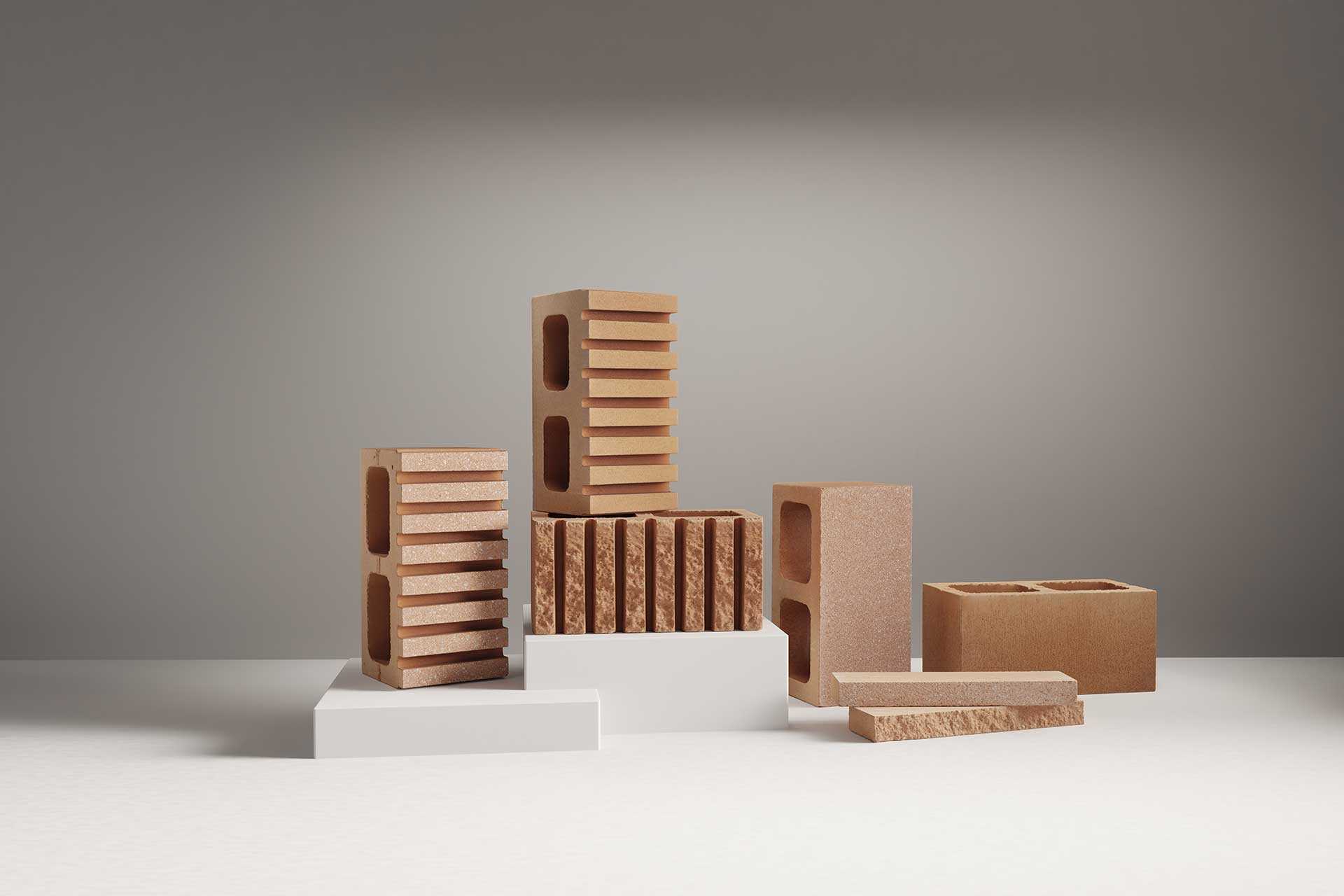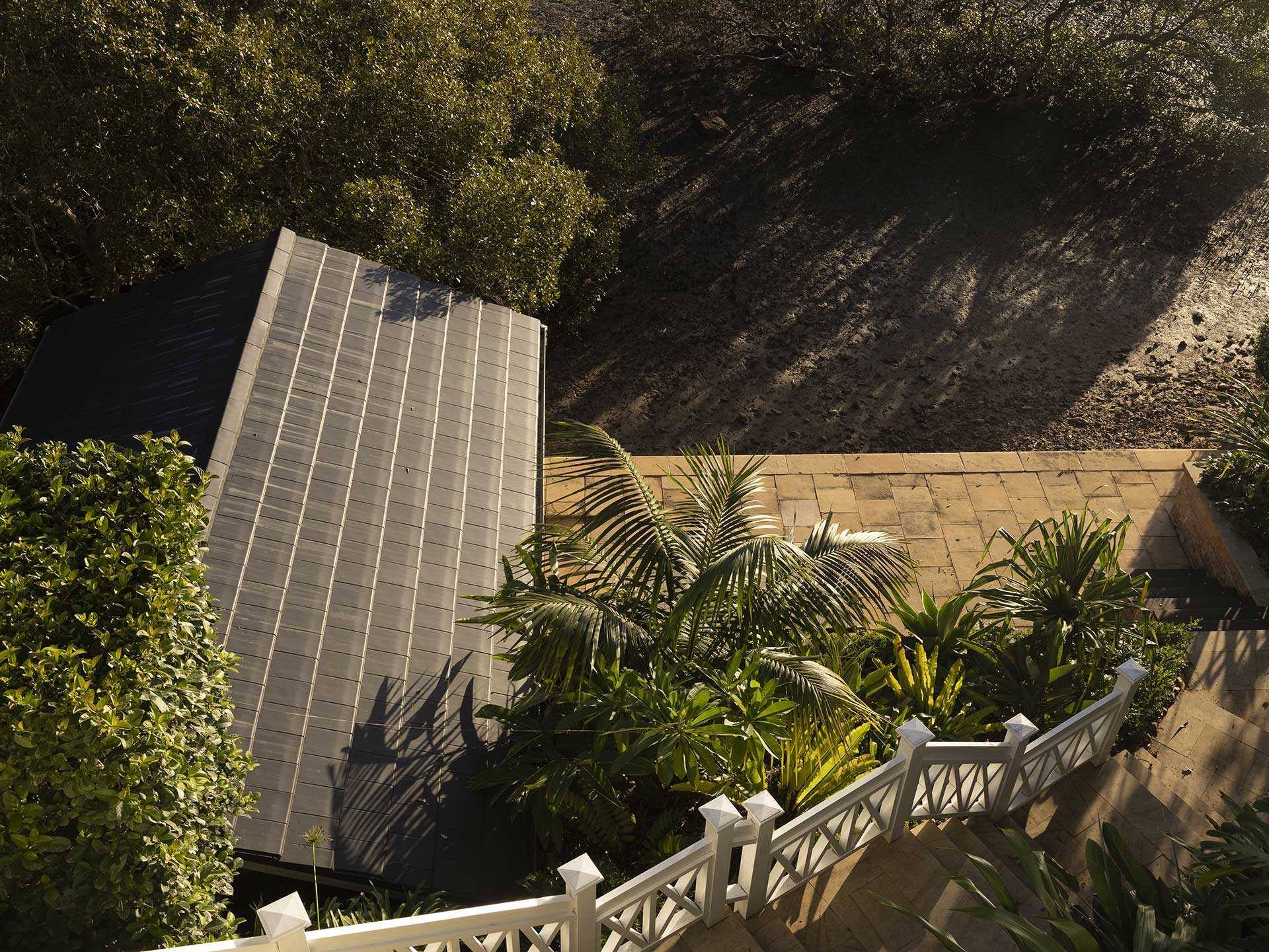
Imperial Kiln Museum
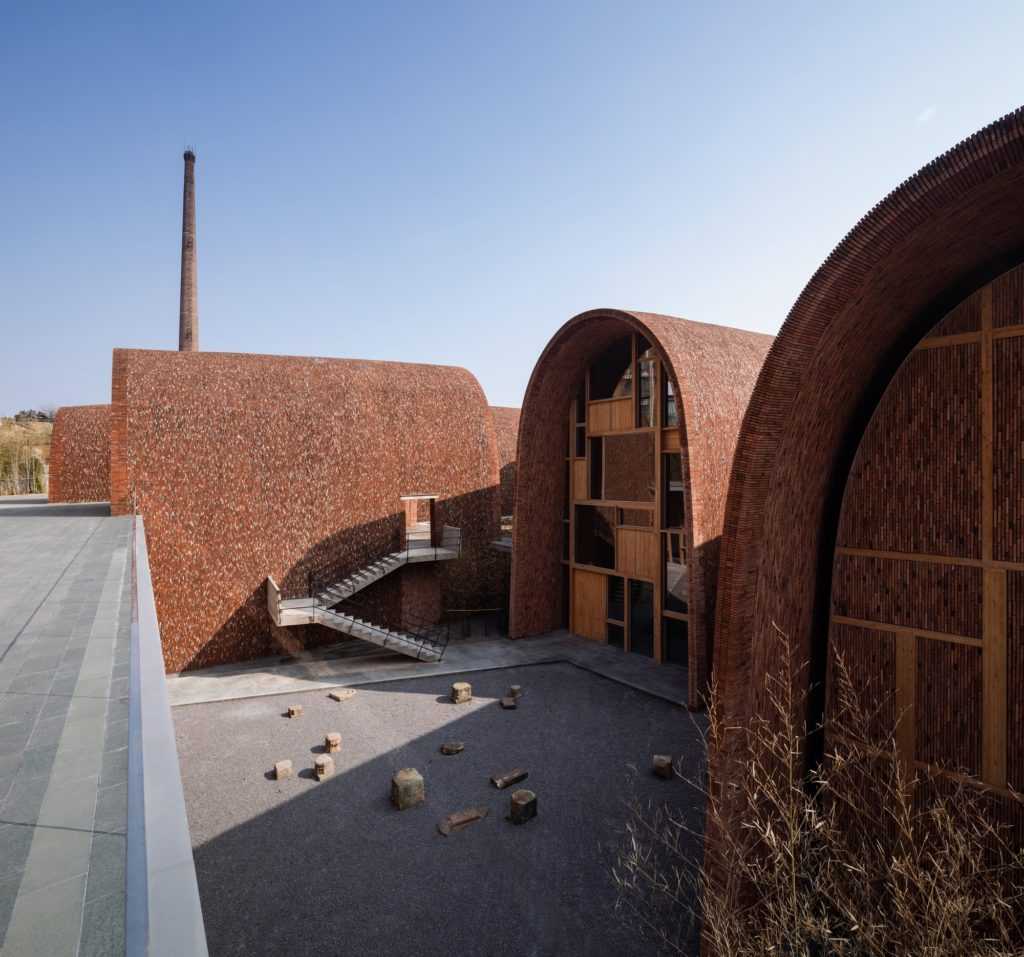
The bricks that were once used in the construction of the kilns were given new life throughout the dwellings of the surrounding neighbourhoods. “After a certain period when a kiln brick can no longer store heat, it is removed from the kiln and used in the construction of residential structures,” says the architects.
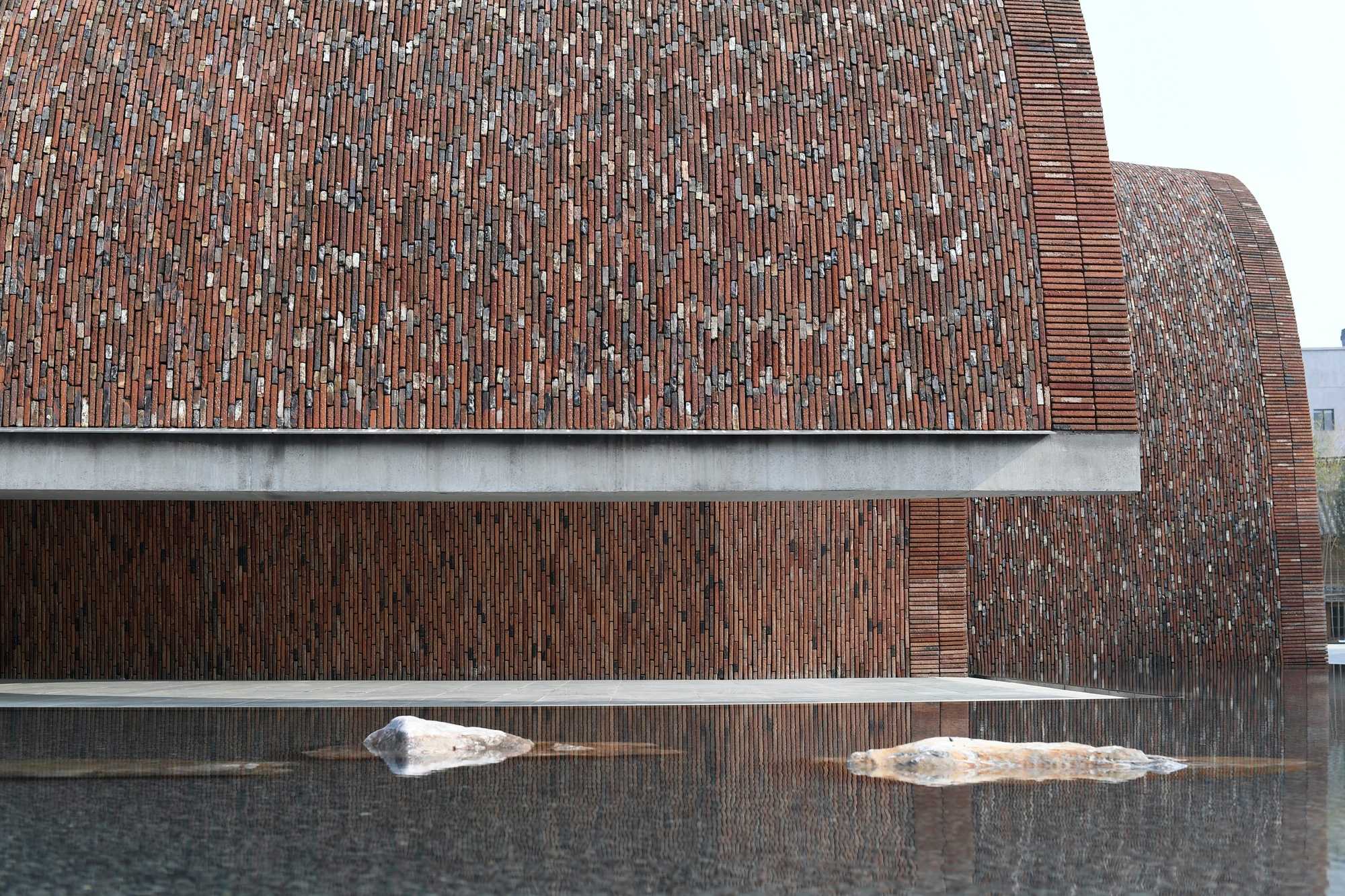
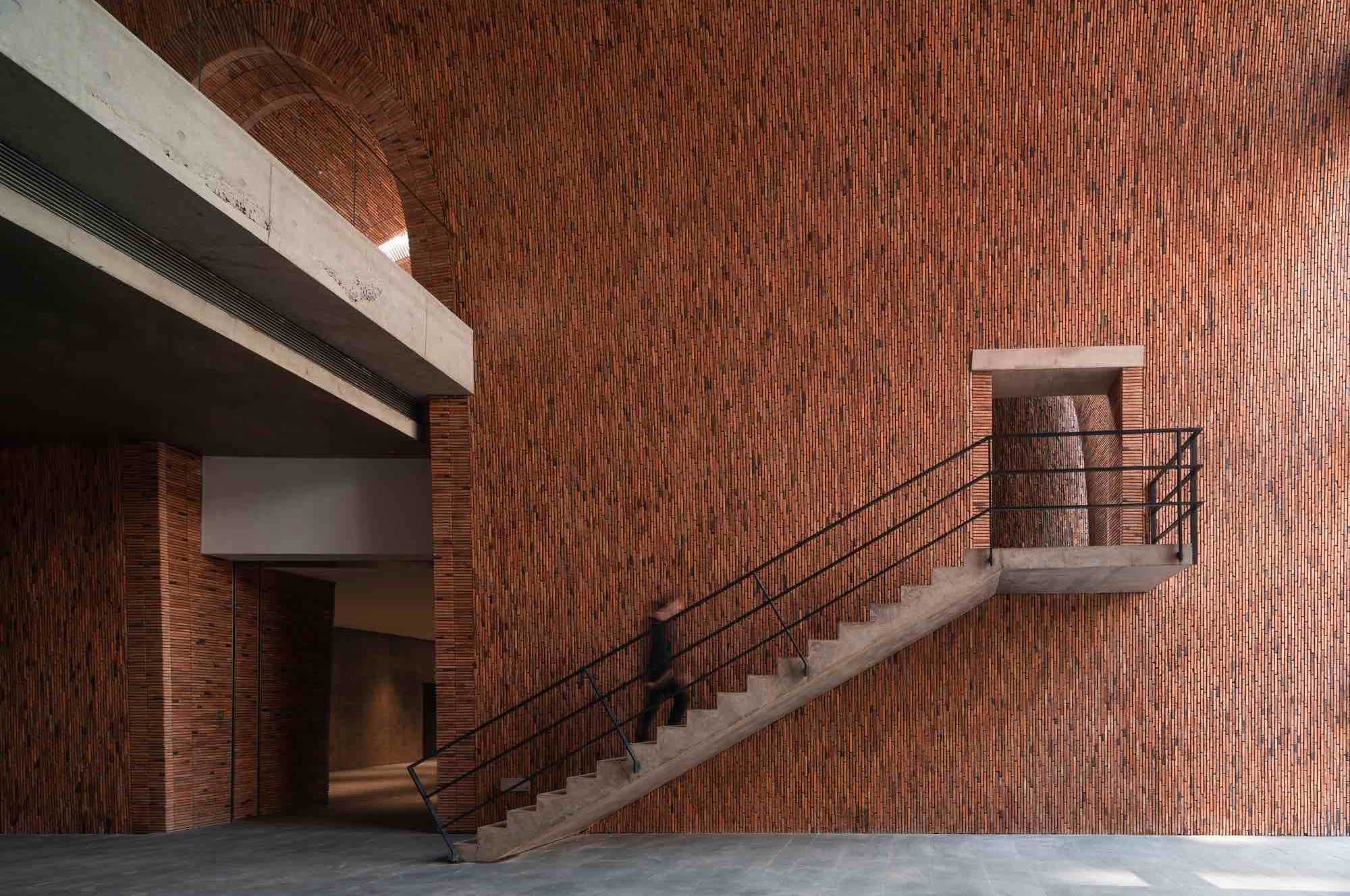
Embracing the kiln itself as the leitmotiv for the new museum, Studio Zhu-Pei continued this long-established approach to recycling bricks as a logical first step. Some existing kilns were discovered during construction where architects carefully positioned the galleries to accommodate these existing kiln ruins.
The interweaving of new and old bricks represents two historical phases, arousing interest, curiosity, creating new questions and giving new answers by interacting with the mind of people who conjure memories and rejoice in unique experiences. The mix of recycled and new bricks also reflected the local native speech and the many buildings throughout the city that are constructed from demolished kilns.
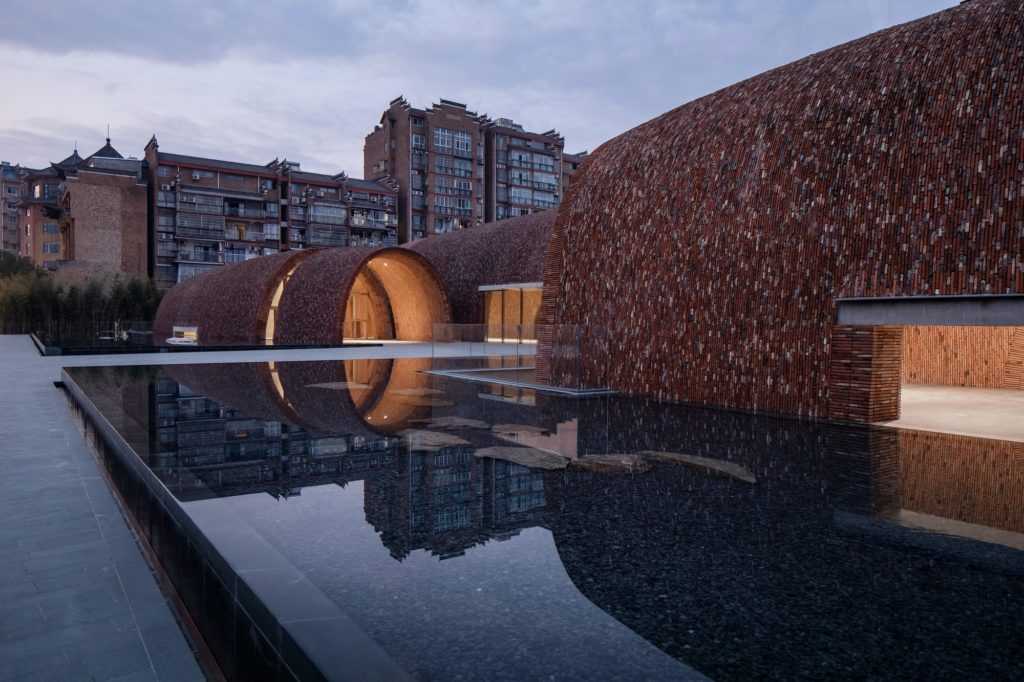
The Museum’s eight vaulted buildings were formed by hand, pouring concrete between two layers of new and salvaged bricks as a nod to traditional kiln construction. This technique allowed for the understanding of delicate and lightweight structures of which Studio Zhu-Pei positioned to best showcase the age-old kiln ruins, sunken courtyards and porcelain relics.
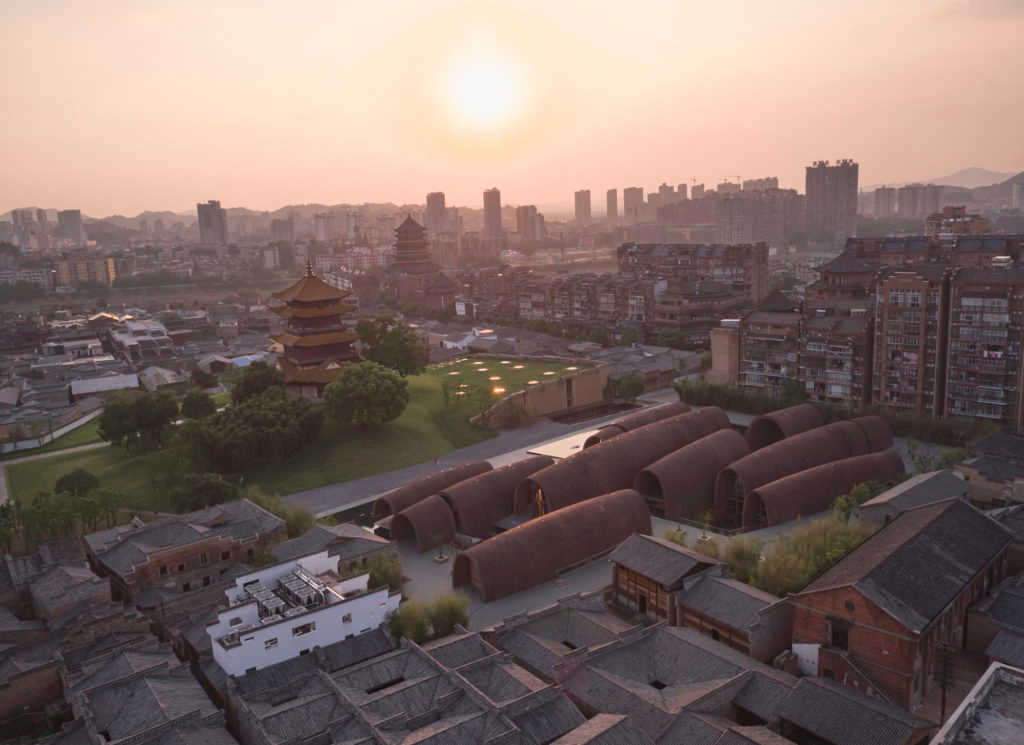
Entering through a foyer at ground level, the museum is housed within one of the arched structures, providing access to a bookstore, cafe, tea room, amphitheatre and a staircase down to the main exhibition spaces underground.
All of the spaces inside are lit by natural light as far as possible with the end of each arch left open or glazed with glass. The cylindrical skylights evoke smoke holes of old brick kilns that puncture the ceilings of the vaults, allowing natural light to enter the space.
“Using recycled kiln bricks to build houses and all kinds of buildings is a significant character in Jingdezhen because brick kilns have to be demolished every two or three years in order to keep a certain thermal performance of the kilns.”
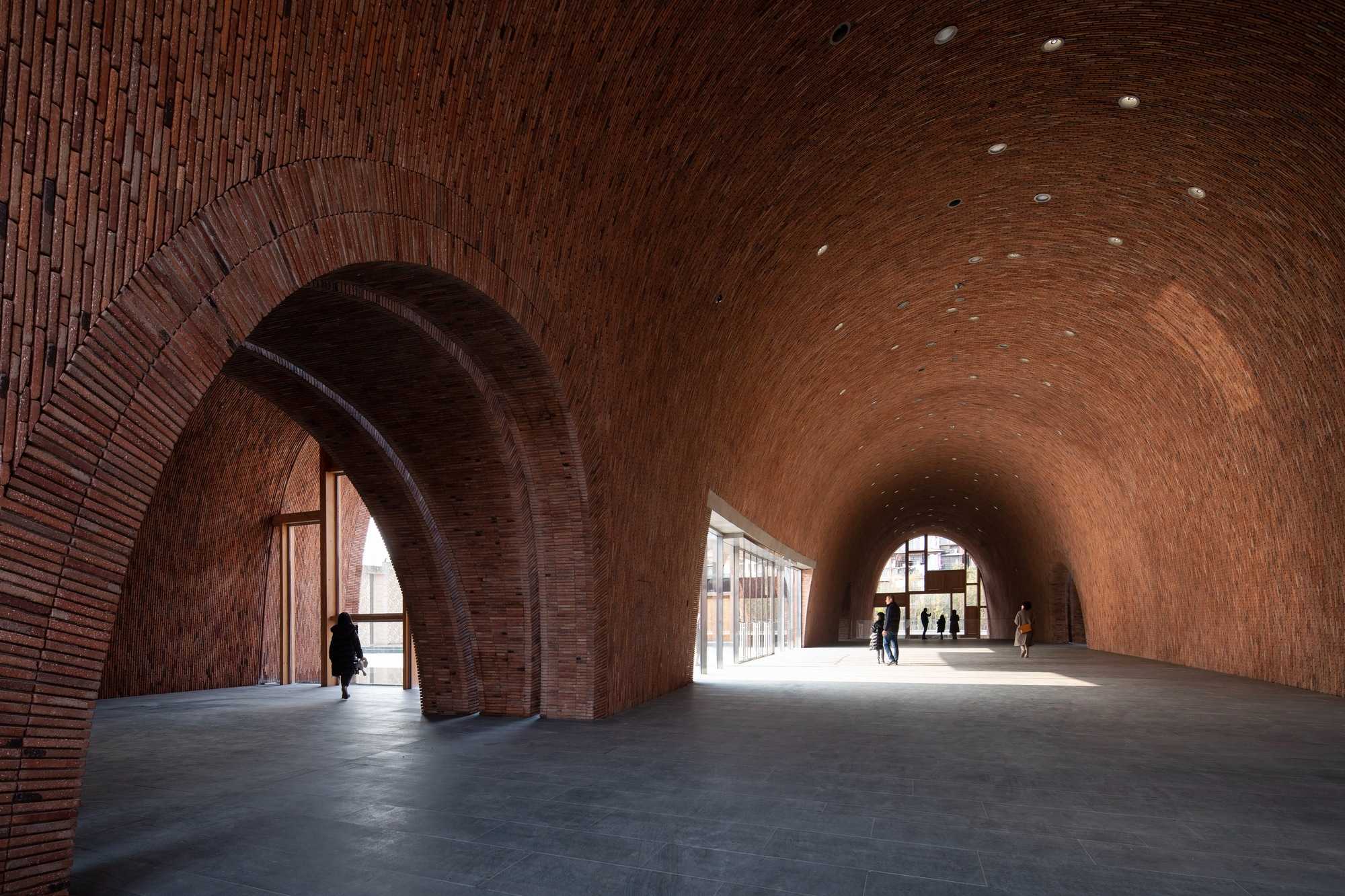
“Using recycled kiln bricks to build houses and all kinds of buildings is a significant character in Jingdezhen because brick kilns have to be demolished every two or three years in order to keep a certain thermal performance of the kilns.”
Architecture firm Studio Zhu-Pei has recently completed the Imperial Kiln Museum in Jingdezhen, paying homage to the region’s industrious ceramic-making past and present. The materials are dominated by recycled old kiln bricks and new bricks, coming together to reflect the local culture of construction.
Designed to evoke traditional brick kilns, the museum sits adjacent to some of the city’s imperial kiln ruins. The vaulted brick structures make up Jingdezhen Imperial Kiln Museum, dating back to the Ming Dynasty where porcelain was once produced for the imperial family. “Jingdezhen is known as the porcelain capital of the world because it has been producing pottery for 1,700 years,” explains Studi Zhu-Pei.
The overall experience of the museum attempts to rediscover the core roots of Jingdezhen, recreating the past experience among kilns, porcelain and humans. The now-crumbling kilns were seen as a natural inspiration for the museum’s design, as were the working-class stories they influenced for generations. During the cold winters, the children of Jingdezhen would take a warm brick from the firing kilns and hold it tight to keep them warm.
Learn about our products.
Join us at an event.
